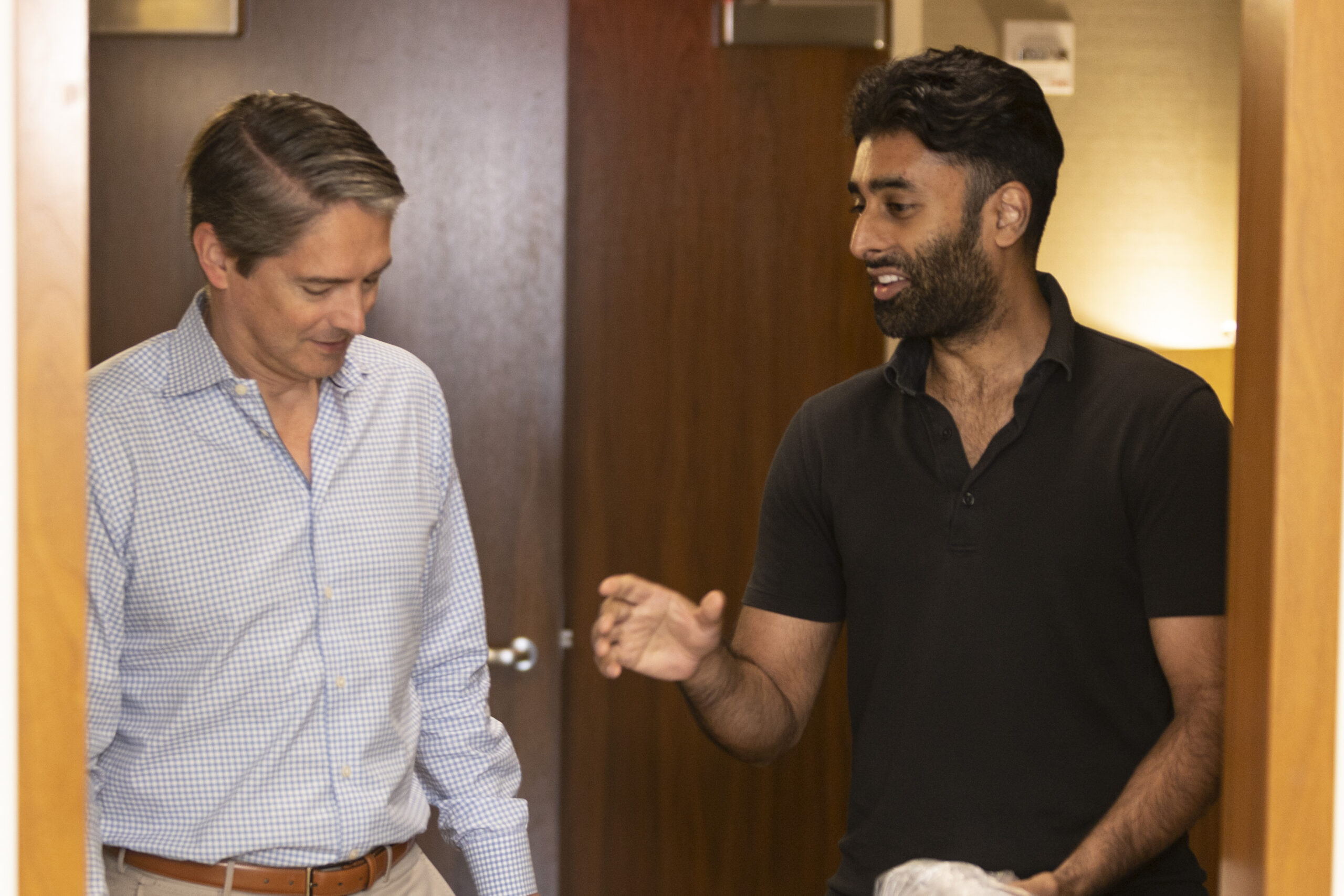At Catalyst, We Are True Growth Investors
With 20+ years of providing growth capital to B2B businesses, Catalyst is the consummate partner to support your next phase of growth.
We give you the strategic, tactical and financial tools needed to build an enduring company.

Our Portfolio
We’ve been fortunate to work with many great companies over the years – here’s a look at some of the businesses we’ve supported through their growth journeys:

pax8
Digital marketplace for IT software & cloud products.
Invested: 2020
Invested: 2020
EDB
Database management system for PostgreSQL.
Invested: 2019
Invested: 2019
Linksquares
Contract lifecycle management SaaS.
Invested: 2021
Invested: 2021

Presence
Live online therapy and behavioral and mental health services for K-12 students.
Invested: 2015
Invested: 2015
BrightFarms
Provider of hydroponically-grown, fresh and local produce. Acquired by Cox Enterprises in 2021.
Invested: 2016
Invested: 2016
ChowNow
SaaS digital ordering platform for restaurants.
Invested: 2017
Invested: 2017
Weave (NYSE: WEAV)
Customer communication & payments software for SMBs. Went public in 2021.
Invested: 2017
Invested: 2017
Fusion Risk Management
Operational risk management software.
Invested: 2017
Invested: 2017
Our People
Since our founding in 1999, we’ve remained committed to our mission: to earn superior returns by helping entrepreneurs build great growth companies.

Keeping up with Catalyst
Stay up to date with news, investments, insights and events, by checking out our library or signing up for our newsletter.



